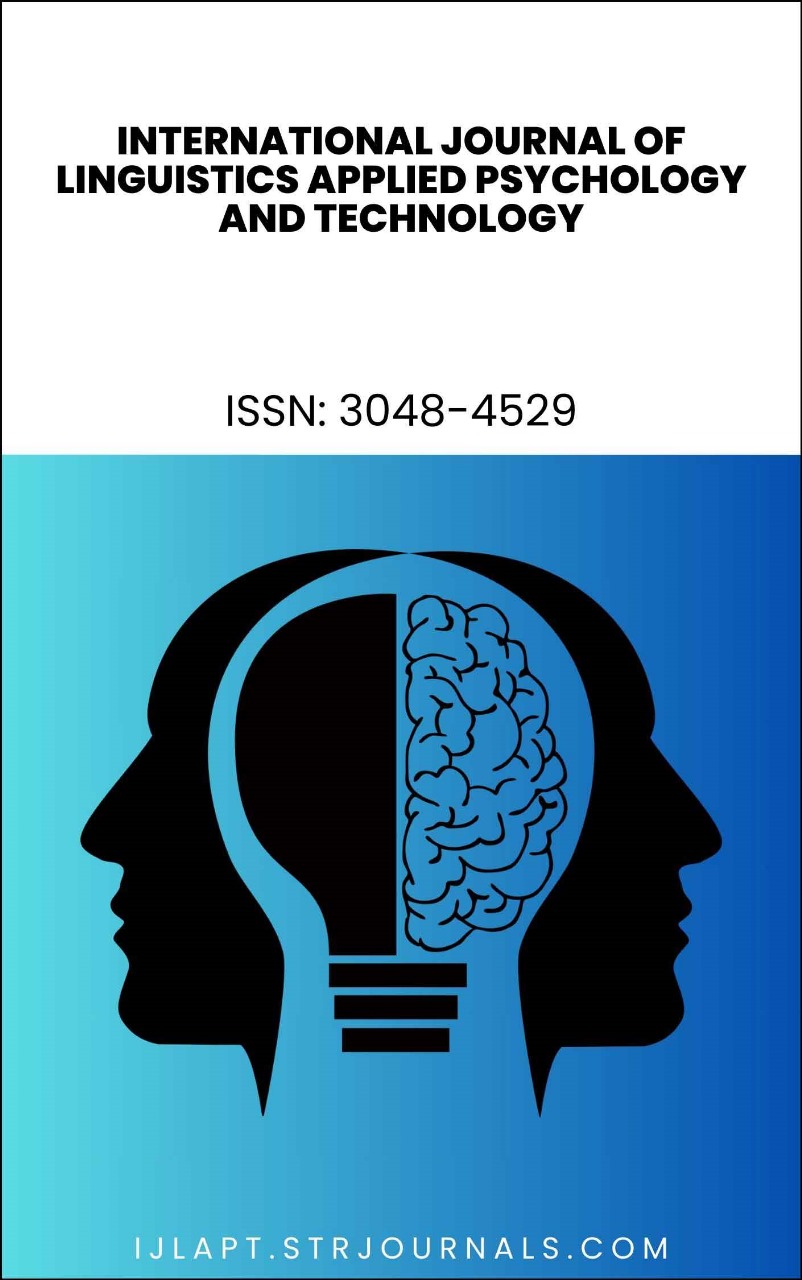Kundalini and Microvita: Integrative Perspectives from Yogic Science, Neuroscience, and Quantum Philosophy
DOI:
https://doi.org/10.69889/ijlapt.v2i11(Nov).150Keywords:
Kundalini; Microvita; Consciousness; Neurophenomenology; Quantum biology; Subtle energy; P. R. Sarkar; Yoga science; Psychophysiology; Interdisciplinary frameworkAbstract
The present paper offers an interdisciplinary exploration of two profound concepts—Kundalini, a classical yogic description of latent spiritual energy, and Microvita, a theoretical construct proposed by philosopher Prabhat Ranjan Sarkar that postulates the existence of subtle entities bridging the psychic and physical realms. Though emerging from distinct intellectual traditions—ancient yogic science and modern metaphysical speculation—both frameworks converge in their aim to describe the subtle interface between consciousness, energy, and matter. Drawing on insights from neuroscience, psychophysiology, quantum theory, and philosophy of mind, this paper proposes a conceptual model situating Kundalini and Microvita as complementary explanatory paradigms within consciousness studies. The discussion traces empirical evidence from meditation research, neurophenomenology, and biophysical studies of energy fields, while critically assessing methodological challenges in operationalising subtle phenomena. Furthermore, it argues that Microvita can be interpreted as informational or quasi-quantum mediators that correspond to the energetic and transformative dimensions of Kundalini activation. The proposed integrative framework highlights testable research directions—such as synchrony-based neurophysiological signatures, non-local correlations, and psychophysical coherence—that may bridge ancient introspective knowledge with modern scientific methods. By situating Kundalini and Microvita within a unified ontological continuum, this paper contributes to the growing discourse on how consciousness interacts with material systems, urging a balanced dialogue between traditional wisdom and empirical science.
Downloads
Published
How to Cite
Issue
Section
License
Copyright (c) 2025 All articles published in this journal are lincensed under a

This work is licensed under a Creative Commons Attribution-NonCommercial 4.0 International License.

